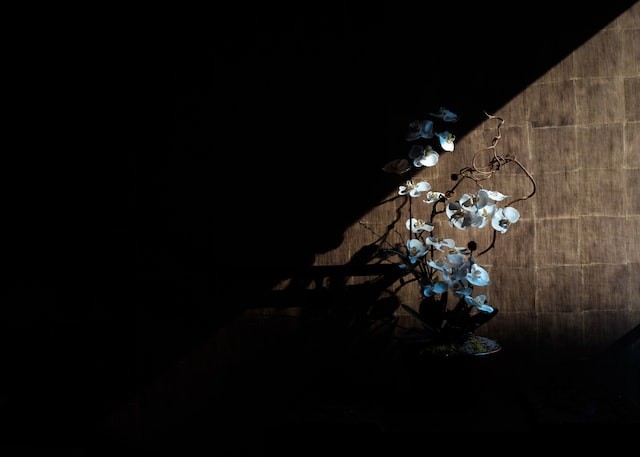The ghost orchid is in grave danger due to rampant poaching and estimates of its wild population range from 750 to 1,500.
Federal wildlife experts announced Tuesday that the elusive, uncommon, and exquisite flower might be put on the Endangered Species List by year's end to prevent it from being worshipped to extinction.
Endangered Species Act provides protection for ghost orchids
 (Photo : Berlian Khatulistiwa/unsplash)
(Photo : Berlian Khatulistiwa/unsplash)

According to George Gann, executive director of The Institute for Regional Conservation, the ghost orchid has long since declined in southern Florida and Cuba, in part because of its enormous popularity.
The lowest conservation bar is to prevent extinction; full recovery has to be our objective, as per Wusf Public Media.
The unusual orchid does seem to appear out of thin air close to its host tree, although it is always present. The orchid has no leaves when it is not in flower and grows it conceals its roots close to the host tree.
The flower commonly blooms in response to summertime rain and humidity. In addition, the orchid appears to be hovering ghost-like as it clings to its host tree with ethereal tendrils that are difficult to perceive from a distance.
Ghost orchid populations in the wild are thought to range from 750 to 1,500, but rampant poaching has put them in grave danger.
The rapid decrease of an already rare species has also been exacerbated by altered weather patterns, the disappearance of wetlands, and development encroaching on marshy forests in South Florida.
Read More: Endangered Ghost Orchids To Grow Again In Native Florida Forests
Blooming of the ghost Orchid
In the Corkscrew Swamp Sanctuary of Audubon Florida, which is close to Naples, the largest ghost orchid ever was found in 2007.
The now-famous orchid still is alive, and when it blooms typically between June and October the flower attracts attention from around the world among the passionate orchid community.
According to Renee Wilson, senior communications coordinator for Florida Audubon, the Corkscrew Swamp Sanctuary is the ideal habitat for an undetermined number of ghost orchids.
Perhaps the only chance to view a ghost orchid in its natural habitat without getting your feet wet is along the 2.25-mile boardwalk.
Development of Ghost Orchids
Many of Florida's ghost orchids are found in protected places, including state forests, national wildlife refuges, and private sanctuaries like Corkscrew, as per National Geographic.
All these locations contain the high humidity that orchids and other epiphytes, or air plants, require throughout the rainy season, which begins in late spring and lasts until fall. This humidity is brought on by standing water.
In the past, the dry season didn't endure long enough for ghost orchids to dry out, thus they were able to survive. The study found that in Corkscrew, Florida, from 1960 to 2000, the water in the cypress forests only dried out for two months of the year at most.
According to Peter Houlihan, a conservation scientist and National Geographic Explorer who specializes in orchids, in some locations, it may be sufficient to cause damage to the plants.
These factors include canal-based water diversion, growing suburban and agricultural extraction, and a lack of green space for water storage.
The Lack of natural fires has also led to a shift in plant cover away from grasses and toward larger, more water-intensive plants like shrubs.
It serves as a reminder that we cannot only establish a wildlife preserve and relax, claims Shawn Clem, the sanctuary's research director.
The entire ecosystem, including the plants, animals, and humans, must still be protected from dangers that exist beyond the sanctuary.
Related Article: Over 1000 Orchids Grow All Over the Island of Madagascar
© 2024 NatureWorldNews.com All rights reserved. Do not reproduce without permission.




![Roundworms with Short Memories 'Stop Forgetting' When Frozen or Given Lithium [Study]](https://1471793142.rsc.cdn77.org/data/thumbs/full/70295/280/157/50/40/roundworms-with-short-memories-stop-forgetting-when-frozen-or-given-lithium-study.jpg)
